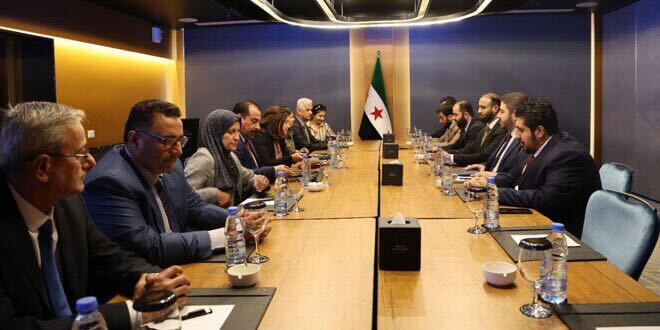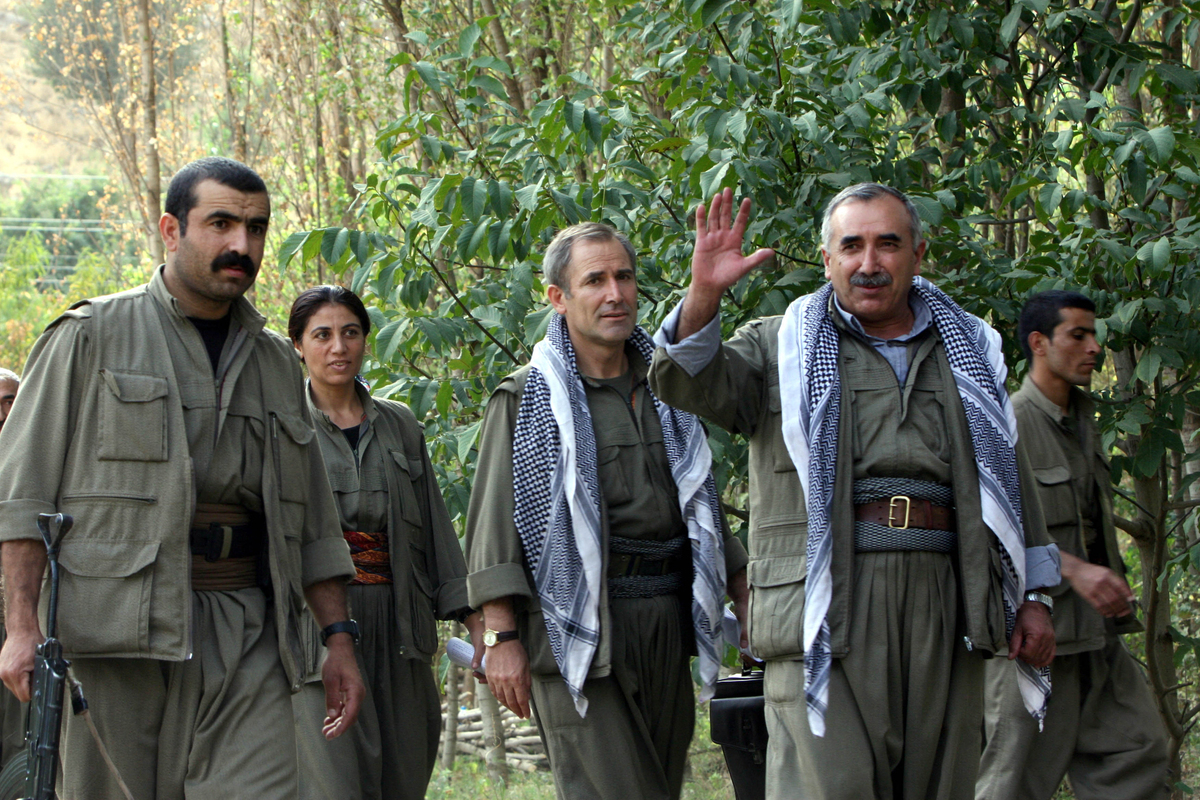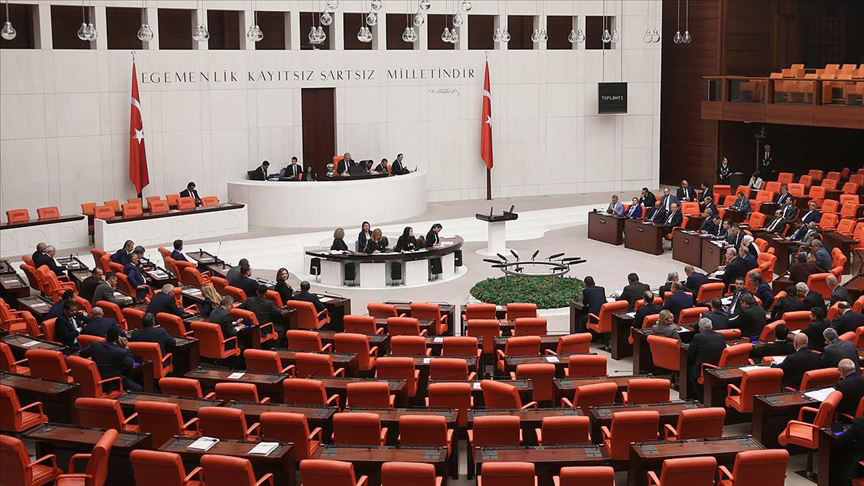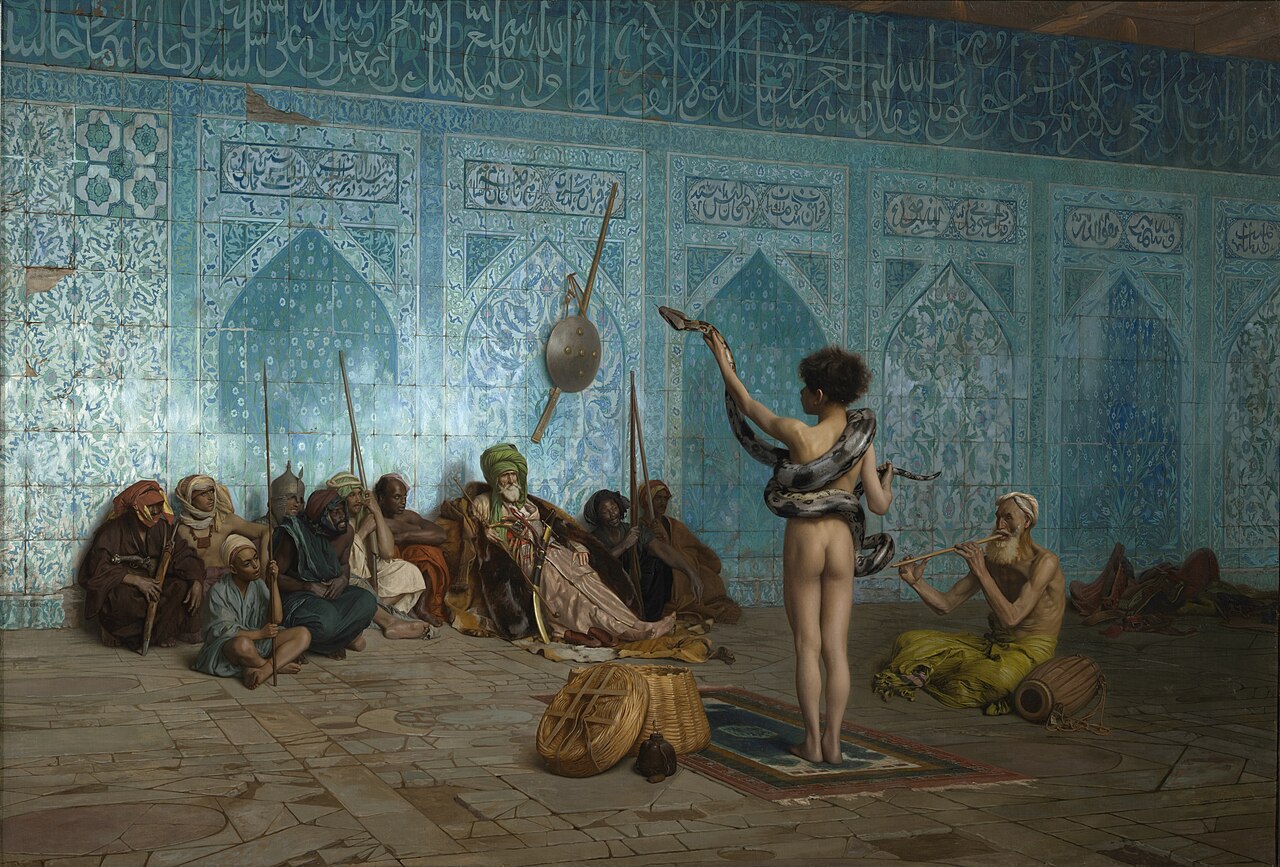Integration in Syria: Between Denial and Recognition

Photo credit: Syrian Arab News Agency (SANA)
Photo Credit: Syrian Arab News Agency (SANA)
After a period of stagnation and setbacks in negotiations on the implementation of the March 10 agreement between the Syrian Democratic Forces (SDF) and the Syrian Interim Government, last week witnessed a significant uptick in activity. The meeting in Damascus between the SDF leadership and Syrian interim president, Ahmad al-Sharaa, was a result of increasing US pressure, particularly from US Special Envoy for Syria and Turkey, Tom Barrak, and Commander of US Central Command, Admiral Brad Cooper. This added new momentum to the process.
Following these meetings, Mazloum Abdi, commander-in-chief of the SDF, appeared on the Kurdish TV channel, Ronahi, and confirmed that the two sides had achieved considerable progress toward the agreement and that the joint committees would travel to Damascus to discuss the technical and organizational details of the integration plan, particularly the military aspect.
However, Abdi pointed out a fundamental problem in the misunderstanding of terminology between the two parties, particularly concerning decentralization. He claimed that Damascus views it as a mere administrative formula under the supervision of the central state, closer to the old Assad model. Abdi asserts that the desired integration should not be limited to reproducing a centralized state but should be a process of mutual recognition within a shared national horizon, while adopting a form of decentralized democracy.
It is clear from these statements that genuine integration requires a clearer understanding between the two parties. The Syrian interim government must move beyond the policies of forced assimilation, redistribute powers, and establish a democratic constitutional framework.
Due to the dynamic changes witnessed on the Syrian scene and the Turkish state’s role in them, the agreement has faced conflicting interpretations since its announcement on March 10. The two parties’ understanding of ‘integration’ within the eight articles of the Agreement, as well as its political implications, remains unsettled. This issue will likely continue to be subject to discussion and negotiation in the coming days.
Its main articles called for the establishment of a participatory state for all citizens, the guaranteed granting of constitutional rights to the Kurds, the integration of administrative and military institutions within the legal sovereignty of the state, and a comprehensive ceasefire throughout Syria.
However, Damascus has deliberately diverted attention away from the articles’ content, in line with its political interests and Turkish security priorities, aiming to dissolve the Democratic Autonomous Administration of North and East Syria (DAANES).
Additionally, the interim government launched an intensive propaganda campaign to hold the Autonomous Administration responsible for the failure to implement the agreement, in a discourse that appeared to be a clear extension of the official Turkish vision in the Foreign Ministry and the Ministry of Defense in Ankara.
With the resumption of dialogue between Damascus and the SDF, the Syrian government sent a delegation to Ankara to present the results of the talks. Meanwhile, Turkey was quick to emphasize that “Syrian security is part of its national security,” a clear indication of the depth of Turkish interference in the agreement’s progress and its attempt to steer the concept of integration toward a security model that serves the interests of Damascus and Ankara.
Nevertheless, in the same interview, Abdi stressed the need to respect Turkey’s national security concerns and not ignore its role in the Syrian solution. He noted, seemingly to ease Turkish security tensions, that channels of communication were open with Ankara as well.
In reality, the March 10 agreement faces two fundamental difficulties reflecting the current Syrian impasse.
First, Ankara still views it as the forced assimilation of Kurds into the Syrian structure; fundamentally, a reproduction of the political elimination that the Kurds have suffered for a century and that gave rise to the Kurdish rebellion. This type of integration does not reflect a desire for coexistence as much as it restores traditional patterns of viewing diversity as a threat to the unity of the state, not as a source of enrichment.
The second difficulty lies in the ideology of Ahmed al-Sharaa’s government itself, which demonstrates a clear tendency toward political monopoly through unilateral steps in rebuilding the state, thus reproducing centralism in its nationalist and Islamic form. Instead of integration being a participatory project, it is portrayed as a blending of the restoration of sovereignty and the “reclaimation of national wealth.”
Conditions for Integration
There is no doubt that Syria is still experiencing a state of profound instability, both from a security perspective due to the spread of ISIS remnants and due to a government that has committed massacres across the nation and continues to threaten northern and eastern Syria, not to mention the Israeli interventions. In this fragile and turbulent environment, the SDF rejects any formula for the forced “dissolution” into state institutions of the Syrian Democratic Forces (SDF), the Internal Security Forces (Asayish), and the civil administration. The article on integration in the March 10 agreement does not refer to individuals, but rather to the integration of civil and military institutions under the rule of constitutional law issued by the state. This signifies that the integration should be done within a national legal framework, not a coercive political one.
Abdi, therefore, showed flexibility when he highlighted that the SDF could carry out anti-terrorism operations in cooperation with the Global Coalition to Defeat ISIS and the government in Damascus. He also noted that they had agreed on the idea of redeploying SDF brigades and military divisions in Raqqa, Deir ez-Zor, and Hasakah, while maintaining the internal security forces (Asayish) within the population of northeastern Syria.
This vision can be guided by some international models that set out the integration of military units under a central command in coordination with the Syrian Democratic Forces, taking into account their organizational specificities. Abdi proposes adopting a “dual code” system that combines general army rules with local standards, similar to the Belgian model, provided that the army is based on an all-encompassing national framework, rather than being sectarian or coercive, as currently exists in Damascus.
With regard to security, the Syrian Democratic Forces’ vision is consistent with the April 1 agreement, which stipulated that security management of areas be carried out by their residents through legitimate local police forces. Abdi called for the generalization of this model in northern and eastern Syria within a legal framework that regulates the relationship with the central authority, while granting local police full powers under the supervision of elected municipalities and civilian oversight, similar to the models of Britain, Sweden, Spain, and Canada, which distribute powers between the local and central levels while maintaining stability and the unity of sovereign decision-making.
The main issue is not administrative or military methods, but the nature of integration itself: Will it be a forced integration, in the manner of the old nation-state, which equates unity with elimination? Or will it be a democratic integration based on mutual recognition of individual and collective rights, respect for local diversity and local self-governance, as Abdi pointed out in his recent interview?
In other words, it will either reproduce the authoritarian model based on compliance and abolition under the pressure of violence, war, and threats, or open the door to a participatory, recognizable model. A genuine integration can only be achieved through mutual recognition of individual and collective identities of both sindes, within a comprehensive, non-tyrannical national horizon.
Ferhad Hemmy
Ferhad Hemmi is a journalist and researcher from Kobanî, Syria. He has written extensively on the Kurdish question and the politics of the Middle East.



